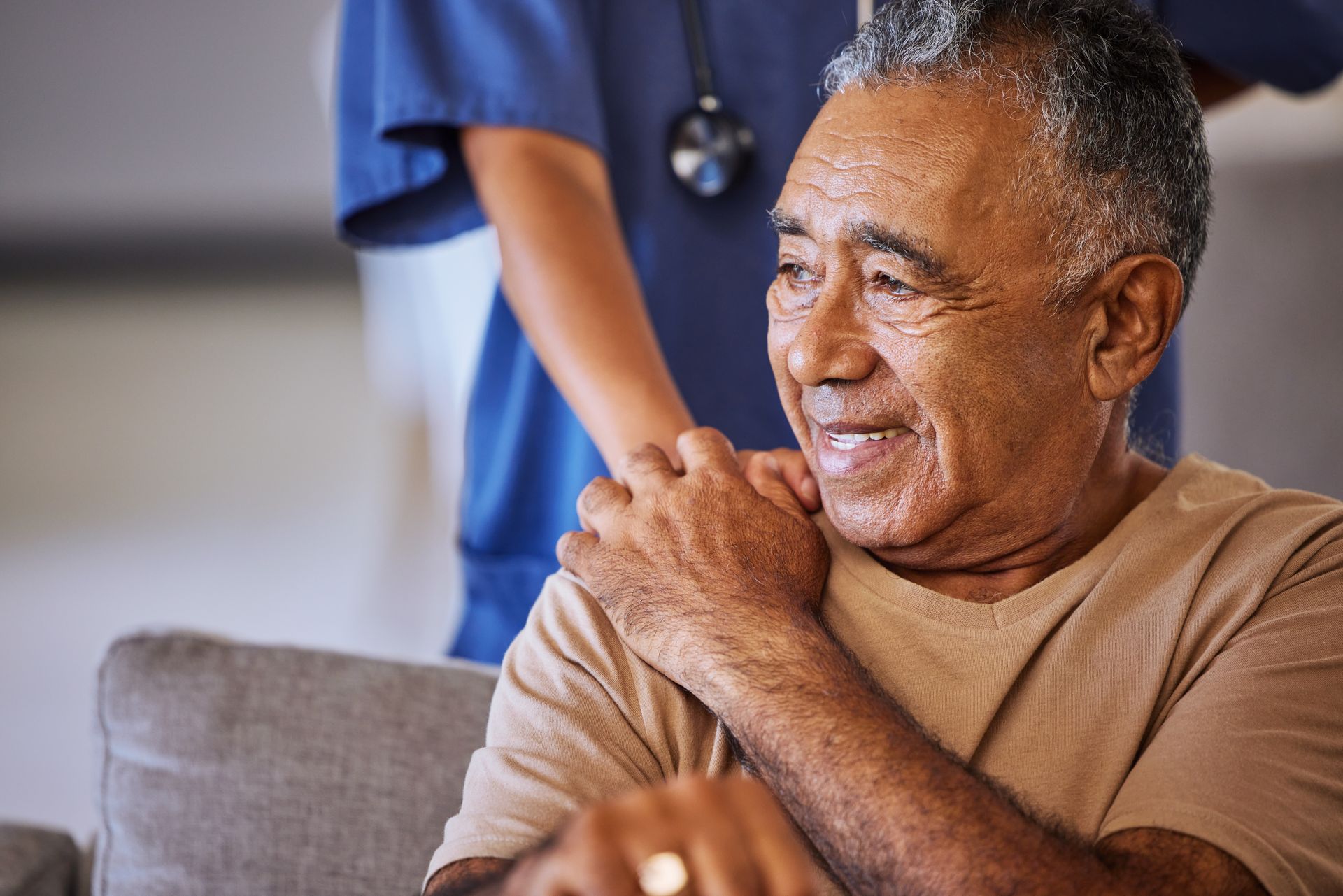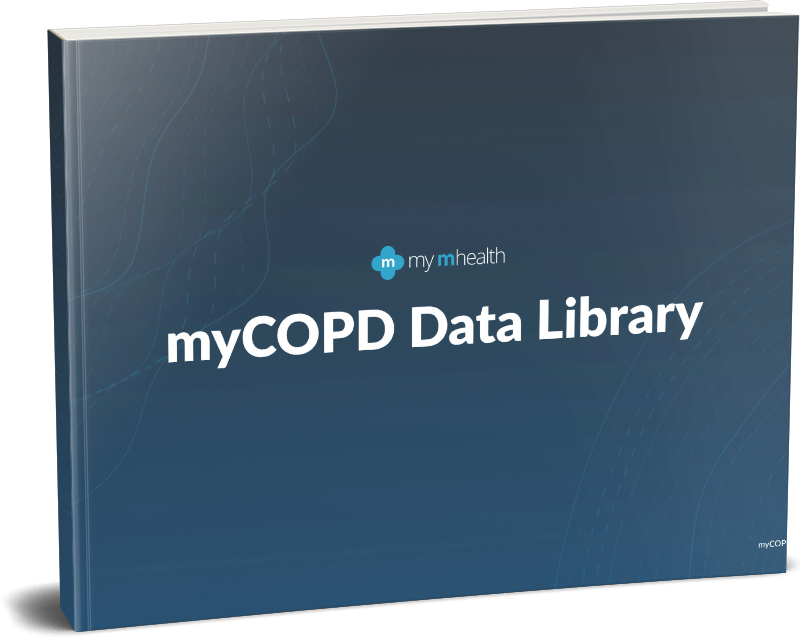Education

It’s well established that chronic disease management for people with chronic obstructive pulmonary disease (COPD) has a positive impact on their lives. The concept of using a comprehensive care plan to treat chronic airway obstruction was first introduced by Thomas Petty, MD in 1969.[1] Providers have used a variety of strategies to provide chronic disease management to people with COPD including transitional care models, home health, community support services, pulmonary rehabilitation (PR), and most recently, technology. Personally, I’m very fond of and biased towards PR since I’ve spent 30 years witnessing the positive effects PR has on people with COPD and other chronic respiratory diseases. Within our PR programmes we purposefully design tailored plans for our patients to optimize outcomes, so why not do the same for how people can access PR? If we leverage technology to complement and enhance traditional service delivery, can we support a more personalized way to access care? To read the full article, simply fill out the form below.

T he Centers for Disease Control (CDC) report that 6.2% of the adults in the United States (US) have been diagnosed with chronic obstructive pulmonary disease (COPD)[1]. This accounts for nearly 16 million adults and over 146,000 deaths occur annually due to this preventable and treatable chronic condition.[2] Pulmonary rehabilitation (PR) has shown to have a positive impact on the lives of people with COPD. The concept of PR was first introduced by Petty et al in a 1969 publication titled, A comprehensive care program for chronic airway obstruction.[3] Over fifty years after this seminal article, a plethora of scientific evidence has shown that PR can optimize exercise capacity, improve dyspnea, enhance quality of life (QoL), and reduce costly hospital readmissions in people with COPD.[4] Moreover, a landmark study indicated that PR initiated within 90 days of discharge from the hospital for COPD lowers the risk of death by 37% within the first year.[5] Pulmonary rehabilitation is a vital treatment for patients with chronic respiratory disease, however there are significant gaps that limit its availability to those who could benefit the most. These gaps can be attributed to various factors, including geographical, socioeconomic and systemic challenges. In this article, Dr Dave Burnett explores how we can overcome these challenges to improve access to pulmonary rehabilitation, ensuring no patient is left behind. Sign up below to gain full access to this article and stay informed about our upcoming thought leadership series!





